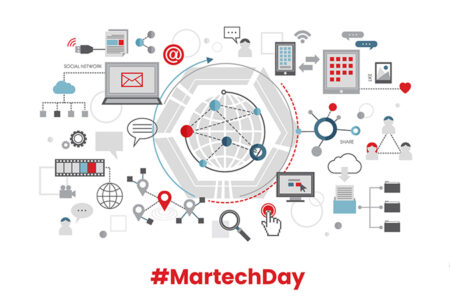It all began in the late 1990s, when businesses launched their first text-based websites. Customers began looking up companies online to learn more about them. The internet and its applications only grew from there. Search engines made it simple to locate products on the internet. Blogs were established. Email became a daily necessity. Platforms such as Facebook have altered how people interact with one another. Marketers go to their customers’ locations.
Marketers followed customers as they migrated to digital channels. But somewhere along the way, between creating blogs, scheduling emails, running social contests, and launching Facebook ads, marketers became overwhelmed and realized they needed a way to centralize marketing technologies. Then there were martech stacks. The beauty of a marketing technology is that you can customize it to meet the needs of your brand and integrate it with tools such as CRM software, Salesforce, and user engagement tools.
Marketing technology are already a part of the marketing landscape and will continue to evolve as marketers’ digital and technical needs grow. Marketers will increasingly rely on martech stacks in the future to gain a 360-degree view of their customers and market to them accordingly. While the MarTech landscape is changing, it is not going away anytime soon. MarTech has been and will continue to be a driving force in reaching and engaging the modern consumer.
Read More: Top 5 Martech Trends To Influence Marketers In 2020s
